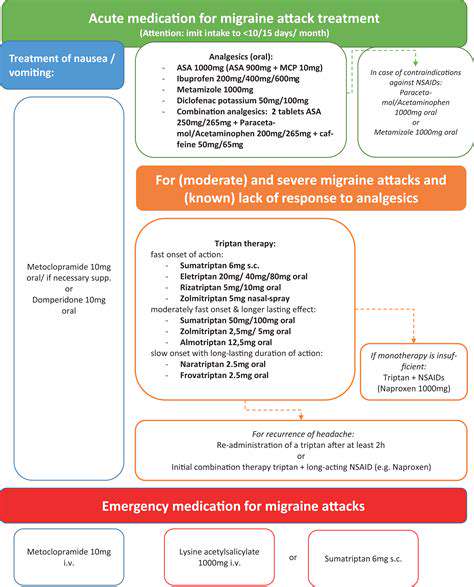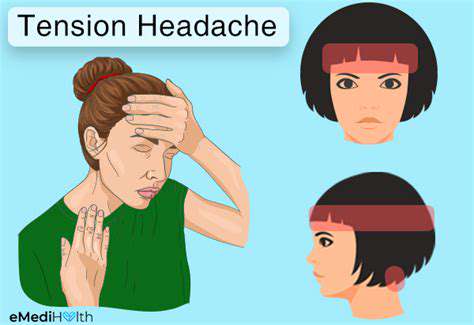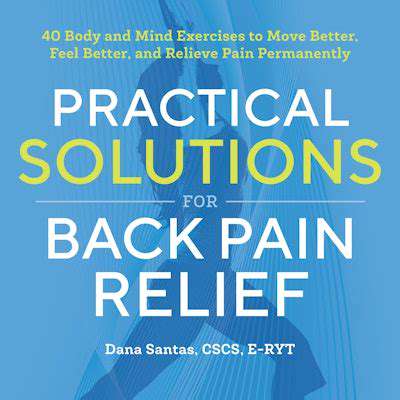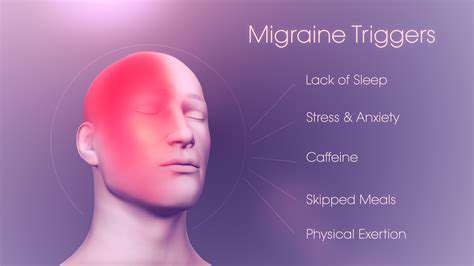Migraines in Older Adults: Considerations and Management
The Prevalence and Unique Characteristics of Migraines in Seniors
Understanding the Age-Related Shift in Migraine Presentation
Migraines in seniors often present differently compared to younger individuals. While throbbing pain and symptoms like nausea or light sensitivity may persist, older adults frequently experience variations in intensity, frequency, and specific manifestations. This divergence from classic migraine patterns creates diagnostic challenges, requiring healthcare providers to exercise particular vigilance when evaluating elderly patients. The changing neurological landscape of aging brains contributes significantly to these altered presentations.
Compounding the diagnostic complexity, age-related conditions such as hypertension or neurological disorders can produce symptoms resembling migraines. This symptom overlap underscores the critical need for comprehensive medical evaluations when seniors report persistent headaches. A meticulous review of medical history and current medications becomes indispensable in these clinical scenarios.
Potential Impact on Daily Life and Activities
For older adults, migraine episodes can profoundly disrupt daily functioning. The cumulative effect of chronic pain and associated symptoms often leads to sleep disturbances, creating a vicious cycle of fatigue and reduced activity levels. This deterioration in physical capacity frequently results in social withdrawal, potentially accelerating cognitive decline and diminishing overall life satisfaction.
Basic activities of daily living - from meal preparation to personal care - may become challenging during migraine attacks. The resulting loss of independence represents one of the most devastating consequences for seniors, frequently triggering emotional distress beyond the physical discomfort. These multidimensional impacts necessitate holistic treatment approaches that address both physiological and psychosocial dimensions.
Diagnosis and Diagnostic Challenges in Older Adults
Accurate migraine diagnosis in elderly populations demands a nuanced approach. Clinicians must carefully differentiate between primary headache disorders and secondary symptoms of other conditions. A comprehensive evaluation should include detailed medication review, assessment of vascular risk factors, and consideration of potential neurological comorbidities. The diagnostic process often benefits from headache diaries and input from family members who can provide observational insights.
Treatment Options and Considerations for Seniors
Pharmacological management requires special consideration in older patients due to altered drug metabolism and potential interactions with other medications. While NSAIDs may provide relief for mild cases, their use requires careful monitoring in seniors due to increased risks of gastrointestinal and renal complications. Preventive strategies using low-dose antidepressants or anticonvulsants often prove beneficial, though dosage adjustments are frequently necessary.
Non-pharmacological interventions assume greater importance in geriatric migraine management. Behavioral therapies, including biofeedback and cognitive-behavioral techniques, offer particularly valuable options for seniors who may be more vulnerable to medication side effects. These approaches can effectively complement medical treatments while minimizing polypharmacy risks.
The Role of Lifestyle Factors in Managing Senior Migraines
Lifestyle modifications constitute a cornerstone of migraine prevention in older adults. Maintaining consistent sleep-wake cycles emerges as particularly crucial, given the sensitivity of aging circadian rhythms. Dietary adjustments focusing on hydration and magnesium-rich foods may help modulate neuronal excitability, while gentle physical activity promotes cerebrovascular health without excessive strain.
Environmental adaptations also play a significant role. Simple measures like controlling light exposure, maintaining stable indoor temperatures, and minimizing sensory overload can substantially reduce migraine triggers for seniors. These practical interventions often yield disproportionate benefits relative to their implementation difficulty.
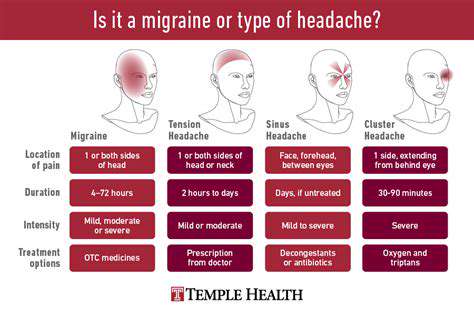
The Role of Lifestyle Modifications in Migraine Management for Seniors

Nutritional Strategies for a Healthier Lifestyle
Dietary approaches for senior migraine management should emphasize consistency and nutrient density. Incorporating omega-3 fatty acids from fish or flaxseeds while minimizing processed foods containing additives like MSG or nitrates can significantly impact migraine frequency. The timing of meals assumes particular importance, as blood sugar fluctuations often trigger headaches in older adults.
Hydration strategies require special attention given age-related changes in thirst perception. Implementing structured water intake schedules rather than relying on thirst signals helps prevent dehydration-related headaches while supporting overall organ function. Herbal teas and electrolyte-enhanced waters can provide palatable alternatives for seniors who find plain water unappealing.
Physical Activity and Exercise
Movement therapies for elderly migraine sufferers should balance benefit and safety considerations. Low-impact activities like tai chi or aquatic exercises offer particular advantages by improving circulation without joint stress. Even brief, frequent walking intervals throughout the day can enhance cerebrovascular health more effectively than occasional intense workouts.
The neurological benefits of regular movement extend beyond vascular effects. Exercise-induced release of endorphins and other neurochemicals appears to modulate pain perception pathways, potentially raising migraine thresholds. Supervised balance training provides the additional benefit of fall prevention - a critical concern for seniors experiencing migraine-related vertigo or visual disturbances.
Stress Management and Relaxation Techniques
Age-appropriate stress reduction methods can powerfully influence migraine patterns. Modified mindfulness practices that accommodate potential cognitive changes prove especially valuable for older adults. Techniques like guided imagery or progressive muscle relaxation often yield better compliance than traditional meditation among seniors.
Sleep hygiene interventions require customization for aging physiology. Creating cool, dark sleeping environments and establishing consistent bedtime routines help counteract age-related sleep architecture changes that may exacerbate migraines. Addressing nocturia through fluid management strategies also contributes to sleep continuity and migraine prevention.

